A Quantitative Investigation of the Effect of Scan Planning and Multi-Technology Fusion for Point Cloud Data Collection on Registration and Data Quality: A Case Study of Bond University’s Sustainable Building
Abstract
1. Introduction
2. Research Background
2.1. Reality Capture Technologies
2.2. Scan Planning and Multi-Technology Fusion
2.3. PCD Quality Evaluation
3. Methodology
3.1. Framework
3.2. Registration Quality
3.2.1. Step 1: Calculation of Rotation Matrix and Translation Vector
3.2.2. Step 2: Calculation of RE and SOR
3.3. Data Quality
3.3.1. Step 1: Prepare and Process the Finely Registered PCD Model, Ground Truth Values and Ground Truth Model
- We converted the as-built BIM model into a mesh model.
- We performed uniform dense sampling on the mesh surface to generate a dense point cloud.
- We converted the dense point cloud into voxels to create a voxel model. A total of 10 voxel models were generated, with voxel size ranging from 0.05 m to 0.5 m at 0.05 m intervals.
3.3.2. Step 2: Calculation of PE and CR
- Input each downsampled PCD model and each voxel model.
- Construct a k-dimensional (k-d) tree for the point cloud to optimise the data structure and enable efficient nearest-neighbour searching.
- Calculate the centre of each voxel in the voxel model aswhere C represents the coordinate of the centre of the current voxel in the world coordinate system, Vo denotes the coordinates of the voxel coordinate system’s origin in the world coordinate system, I represents the index of the current voxel, and d denotes the voxel size (see Figure 4).
- Utilise the k-d tree to search for the point nearest to each voxel centre, and determine whether the voxel is occupied. For each voxel centre (C), find the nearest point (P) using the k-d tree. Calculate the distance between C and P. If the distance is less than half of the voxel’s edge length (i.e., <d/2, where d is voxel size), define the voxel as occupied (see Figure 5).
- Calculate the CR of the corresponding point cloud as follows:where Np represents the number of occupied voxels and N represents the total number of voxels.
3.4. Regression Analysis
4. Experimental Setup
4.1. Preparation: Ground Truth Values and Model
4.2. PCD Collection
4.2.1. Scenario 1: TLS Method
4.2.2. Scenario 2: Scan Planning Plus TLS Method
4.2.3. Scenario 3: Scan Planning Plus TLS Plus MLS Plus UAVDP Method
5. Results
5.1. RE
5.2. SOR
5.3. PE
5.4. CR
6. Discussion
6.1. Findings
- Nonhomogeneous point cloud registration (as observed in Scenario 3) exhibited the largest range and the highest degree of variability in RE values, with the most dispersed data distribution, compared with homogeneous registration (as observed in Scenarios 1 and 2). The difference between the maximum and minimum RE values was 18.6 mm for Scenario 3, which was greater than that for Scenario 1 by 5.6 mm and exceeded that for Scenario 2 by 7.4 mm, respectively. The standard deviation of RE values was 4.11 mm for Scenario 3, which was greater than that for Scenario 1 by 0.92 mm and that for Scenario 2 by 1.32 mm.
- The application of scan planning in Scenario 2 significantly reduced the RE values by an average of 1.6 mm compared with the no scan planning approach in Scenario 1, demonstrating an improvement in point cloud registration accuracy. Furthermore, the multi-technology fusion method in Scenario 3 generated significantly lower registration accuracy, with an average decrease of 2.84 mm in RE values compared with the TLS method in Scenario 2. Moreover, there were 12% of RE values in Scenario 3 that exceeded 1 cm (compared with only 2% in Scenario 1 and 3% in Scenario 2).
- Compared with no scan planning (Scenario 1), the use of advance scan planning (Scenario 2) for PCD collection could significantly improve the registration coincidence rate between scans, with an average increase of 5.24% in SOR values. Additionally, employing multiple technologies (Scenario 3) or nonhomogeneous point clouds using the same point cloud registration method did not significantly affect the registration coincidence rate between source and target PCD during point cloud registration compared with using solely TLS (Scenario 2).
- An increase in SOR values had a positive effect on registration accuracy, as evidenced by Scenario 2, which had an average SOR value 5.25% higher than that of Scenario 1 while exhibiting an average reduction of 1.6 mm in RE values. However, under the influence of nonhomogeneous point clouds, an increase in SOR values did not necessarily lead to an improvement in registration accuracy. For instance, although the average SOR values in Scenario 3 were 3.15% higher than those in Scenario 1, the average RE values were 1.24 mm higher than those in Scenario 1.
- Compared with the use of a single technology (TLS), a fusion of multiple technologies led to a wider and less stable PE distribution range in PCD.
- Scan planning did not significantly reduce PE values in PCD collection, indicating no significant improvement in data accuracy. However, the use of multi-technology fusion (Scenario 3) significantly increased PE values by an average of 4.32 mm compared with the use of TLS alone (Scenario 2), suggesting a decrease in data accuracy. Moreover, 14% of PE values in Scenario 3 exceeded 1 cm, whereas both Scenario 1 and Scenario 2 exhibited 0% of PE values exceeding this threshold.
- As the measured values increased, the use of multi-technology fusion for PCD collection tended to generate more severe error accumulation than TLS-based techniques. When ground truth values were less than 10 m, the mean PE values for Scenarios 1, 2 and 3 were 1.17 mm, 0.59 mm and 3.52 mm, respectively. Conversely, when the ground truth value exceeded 10 m, the mean PE values for Scenarios 1, 2 and 3 were 3.24 mm, 2.29 mm and 8.52 mm, respectively.
- The calculation of CR values was significantly influenced by voxel size because of discrepancies between ground truth model and PCD, leading to considerable variations in results within the same scenario. Indeed, the PCP rate, when utilised as a compensatory value, effectively mitigated the influence of voxel size on the results to a certain extent. This, in turn, led to more stable and reliable data outcomes.
- The implementation of scan planning and multiple technologies played a positive role in the improvement of data completeness. The application of scan planning (Scenario 2) in cloud collection methods significantly increased the CR_adj values by an average of 7.52% compared with no scan planning (Scenario 1). Moreover, point cloud collection methods using multi-technology fusion (Scenario 3) significantly increased the CR_adj values by an average of 5.29% compared with the exclusive use of TLS (Scenario 2).
6.2. Recommendations
- In situations where only TLS is available, scan planning may be essential for specific applications, such as quality inspection based on point clouds. This conclusion is based on our experimental results, which show an average coverage improvement of 7.52% when scan planning was employed (Scenario 1) compared with scenarios without scan planning (Scenario 2). This improvement was statistically significant. In many point cloud applications, such as quality inspections, achieving sufficient coverage is crucial. Insufficient coverage in point cloud data may hinder the detection of defects, such as cracks on wall surfaces or dimensional inaccuracies. However, the utilization of scan planning methods is not without drawbacks. To elaborate, in Scenario 2, there were 12 more scan positions than in Scenario 1, leading to an additional scan time of 81 min and 48 s. Yet, there was no a significant difference in data accuracy between point cloud data collected with and without scan planning. In relatively simple application scenarios, such as the scan-to-BIM reconstruction of a basic room, the implementation of scan planning might be time-consuming without providing substantial improvements in data accuracy. While it may enhance data completeness, the significance of this factor decreases for straightforward and uncomplicated structures. However, for applications in which high data completeness and data accuracy are required, such as quality assessment involving the observation of many components, employing scan planning to improve point cloud coverage rate would be prudent.
- Our results show that the acquisition of PCD using multi-technology fusion may be a double-edged sword. In terms of registration and data accuracy, the use of multiple technologies generates larger average RE and PE values than the use of TLS alone. However, multi-technology fusion excels in point cloud CR_adj values, with Scenario 3 achieving average increases of 12.80% and 5.29% compared with Scenarios 1 and 2, respectively. Therefore, the use of multiple technologies for point cloud collection is highly suitable for scenarios that demand high data completeness but have less stringent data accuracy requirements, such as generating game environments, construction process tracking or creating digital models for management purposes. However, for point cloud applications that require higher accuracy, such as the detection of concrete cracking, the use of multiple technologies may not be suitable because of its uncontrollable error distribution and lower precision.
- We found that the use of multi-technology fusion to collect PCD resulted in a wider and more unstable error distribution. Therefore, in future research requiring the quantification of point cloud accuracy, ground truth values should be arranged in different regions and across various distances throughout the building to ensure comprehensive coverage and more reliable results.
6.3. Limitations and Future Research Directions
- Investigate how to develop a ground truth model that perfectly fits with high-precision point clouds. One approach could involve moving away from traditional BIM authoring tools to develop an accurate method specifically tailored to point cloud modelling. Another approach could involve the use of high-coverage, high-precision point clouds themselves as the ground truth model; however, the challenge lies in collecting a high-coverage, high-precision point cloud while ensuring the integrity of the components within it.
- Research the feasibility of projecting the point cloud onto the ground truth model surface before calculating the CR values. This could directly eliminate the distance between the point cloud and the ground truth model, potentially improving the accuracy of the CR calculation.
- Similar to the current study, calculate the PCP rate as a compensating factor and subsequently calculate the adjusted CR value. However, while the current study calculated the PCP rate using the original PCD model and the ground truth model, future researchers could directly use the corresponding downsampled point cloud to calculate the PCP rate and compensate the CR value. This approach could yield more accurate results.
7. Conclusions
Author Contributions
Funding
Data Availability Statement
Acknowledgments
Conflicts of Interest
References
- Aydin, C.C. Designing building façades for the urban rebuilt environment with integration of digital close-range photogrammetry and geographical information systems. Autom. Constr. 2014, 43, 38–48. [Google Scholar] [CrossRef]
- Valero, E.; Bosché, F.; Forster, A. Automatic segmentation of 3D point clouds of rubble masonry walls, and its application to building surveying, repair and maintenance. Autom. Constr. 2018, 96, 29–39. [Google Scholar] [CrossRef]
- Ursini, A.; Grazzini, A.; Matrone, F.; Zerbinatti, M. From scan-to-BIM to a structural finite elements model of built heritage for dynamic simulation. Autom. Constr. 2022, 142, 104518. [Google Scholar] [CrossRef]
- Meyer, T.; Brunn, A.; Stilla, U. Change detection for indoor construction progress monitoring based on BIM, point clouds and uncertainties. Autom. Constr. 2022, 141, 104442. [Google Scholar] [CrossRef]
- Tang, P.; Huber, D.; Akinci, B.; Lipman, R.; Lytle, A. Automatic reconstruction of as-built building information models from laser-scanned point clouds: A review of related techniques. Autom. Constr. 2010, 19, 829–843. [Google Scholar] [CrossRef]
- Giel, B.; Issa, R. Using laser scanning to access the accuracy of as-built BIM. In Computing in Civil Engineering (2011); ASCE: Reston, VA, USA, 2011; pp. 665–672. [Google Scholar] [CrossRef]
- Liu, X.; Eybpoosh, M.; Akinci, B. Developing as-built building information model using construction process history captured by a laser scanner and a camera. In Proceedings of the Construction Research Congress 2012: Construction Challenges in a Flat World, West Lafayette, IN, USA, 21–23 May 2012; pp. 1232–1241. [Google Scholar] [CrossRef]
- Gao, T.; Akinci, B.; Ergan, S.; Garrett, J.H., Jr. Constructing as-is BIMs from progressive scan data. In ISARC, Proceedings of the International Symposium on Automation and Robotics in Construction, Eindhoven, The Netherlands, 26–29 June 2012; Citeseer: State College, PA, USA; Volume 29, p. 1. [CrossRef]
- Gao, T.; Akinci, B.; Ergan, S.; Garrett, J.H. A framework to generate accurate and complete as-built bims based on progressive laser scans. In Proceedings of the 30th International Symposium on Automation and Robotics in Construction and Mining, ISARC 2013, Held in Conjunction with the 23rd World Mining Congress, Montreal, QC, Canada, 11–15 August 2013. [Google Scholar] [CrossRef]
- Franchi, A.; Napoli, P.; Crespi, P.; Giordano, N.; Zucca, M. Unloading and reloading process for the earthquake damage repair of ancient Masonry columns: The case of the Basilica di Collemaggio. Int. J. Archit. Herit. 2022, 16, 1683–1698. [Google Scholar] [CrossRef]
- Wang, Q.; Kim, M.-K. Applications of 3D point cloud data in the construction industry: A fifteen-year review from 2004 to 2018. Adv. Eng. Inform. 2019, 39, 306–319. [Google Scholar] [CrossRef]
- Esfahani, M.E.; Rausch, C.; Sharif, M.M.; Chen, Q.; Haas, C.; Adey, B.T. Quantitative investigation on the accuracy and precision of Scan-to-BIM under different modelling scenarios. Autom. Constr. 2021, 126, 103686. [Google Scholar] [CrossRef]
- Zhu, Z.; Brilakis, I. Comparison of Optical Sensor-Based Spatial Data Collection Techniques for Civil Infrastructure Modeling. J. Comput. Civ. Eng. 2009, 23, 170–177. [Google Scholar] [CrossRef]
- Aryan, A.; Bosché, F.; Tang, P. Planning for terrestrial laser scanning in construction: A review. Autom. Constr. 2021, 125, 103551. [Google Scholar] [CrossRef]
- Son, H.; Kim, C.; Turkan, Y. Scan-to-BIM-an overview of the current state of the art and a look ahead. In Proceedings of the ISARC, Proceedings of the International Symposium on Automation and Robotics in Construction, Oulu, Finland, 15–18 June 2015; Citeseer: State College, PA, USA, 2015; Volume 32, p. 1. [Google Scholar] [CrossRef]
- Xiong, X.; Adan, A.; Akinci, B.; Huber, D. Automatic creation of semantically rich 3D building models from laser scanner data. Autom. Constr. 2013, 31, 325–337. [Google Scholar] [CrossRef]
- Nuttens, T.; De Wulf, A.; Bral, L.; De Wit, B.; Carlier, L.; De Ryck, M.; Stal, C.; Constales, D.; De Backer, H. High resolution terrestrial laser scanning for tunnel deformation measurements. In Proceedings of the FIG Congress, Sydney, Australia, 11–15 April 2010; Volume 2010. [Google Scholar]
- Rodríguez-Gonzálvez, P.; Nocerino, E.; Menna, F.; Minto, S.; Remondino, F. 3D surveying & modeling of underground passages in WWI fortifications. Int. Arch. Photogramm. Remote Sens. Spat. Inf. Sci. 2015, 40, 17–24. [Google Scholar] [CrossRef]
- Remondino, F. Heritage recording and 3D modeling with photogrammetry and 3D scanning. Remote Sens. 2011, 3, 1104–1138. [Google Scholar] [CrossRef]
- Klapa, P.; Gawronek, P. Synergy of Geospatial Data from TLS and UAV for Heritage Building Information Modeling (HBIM). Remote. Sens. 2022, 15, 128. [Google Scholar] [CrossRef]
- Page, C.; Sirguey, P.; Hemi, R.; Ferrè, G.; Simonetto, E.; Charlet, C.; Houvet, D. Terrestrial Laser Scanning for the Documentation of Heritage Tunnels: An Error Analysis. In Proceedings of the FIG Working Week 2017: Surveying the World of Tomorrow: From Digitalisation to Augmented Reality, Helsinki, Finland, 29 May–2 June 2017. [Google Scholar]
- Mulahusić, A.; Tuno, N.; Gajski, D.; Topoljak, J. Comparison and analysis of results of 3D modelling of complex cultural and historical objects using different types of terrestrial laser scanner. Surv. Rev. 2020, 52, 107–114. [Google Scholar] [CrossRef]
- Haala, N.; Peter, M.; Kremer, J.; Hunter, G. Mobile LiDAR mapping for 3D point cloud collection in urban areas—A performance test. Int. Arch. Photogramm. Remote Sens. Spat. Inf. Sci. 2008, 37, 1119–1127. [Google Scholar]
- Puente, I.; González-Jorge, H.; Martínez-Sánchez, J.; Arias, P. Review of mobile mapping and surveying technologies. Measurement 2013, 46, 2127–2145. [Google Scholar] [CrossRef]
- Eker, R. Comparative use of PPK-integrated close-range terrestrial photogrammetry and a handheld mobile laser scanner in the measurement of forest road surface deformation. Measurement 2023, 206, 112322. [Google Scholar] [CrossRef]
- Williams, K.; Olsen, M.J.; Roe, G.V.; Glennie, C. Synthesis of transportation applications of mobile LiDAR. Remote Sens. 2013, 5, 4652–4692. [Google Scholar] [CrossRef]
- Thomson, C. Mobile laser scanning for indoor modelling. ISPRS Ann. Photogramm. Remote Sens. Spat. Inf. Sci. 2013, 2, 289–293. [Google Scholar] [CrossRef]
- Chen, C.; Tang, L.; Hancock, C.M.; Zhang, P. Development of low-cost mobile laser scanning for 3D construction indoor mapping by using inertial measurement unit, ultra-wide band and 2D laser scanner. Eng. Constr. Arch. Manag. 2019, 26, 1367–1386. [Google Scholar] [CrossRef]
- Teizer, J.; Kahlmann, T. Range imaging as emerging optical three-dimension measurement technology. Transp. Res. Rec. 2007, 2040, 19–29. [Google Scholar] [CrossRef]
- Harris, C.; Stephens, M. A combined corner and edge detector. In Proceedings of the Alvey Vision Conference, Manchester, UK, 31 August–2 September 1988; Citeseer: State College, PA, USA, 1988; Volume 15, pp. 10–5244. [Google Scholar] [CrossRef]
- Lowe, D.G. Object recognition from local scale-invariant features. In Proceedings of the Seventh IEEE International Conference on Computer Vision, Corfu, Greece, 20–27 September 1999; IEEE: New York, NY, USA, 1999; Volume 2, pp. 1150–1157. [Google Scholar] [CrossRef]
- Bay, H.; Tuytelaars, T.; Van Gool, L. Surf: Speeded up robust features. Lect. Notes Comput. Sci. 2006, 3951, 404–417. [Google Scholar] [CrossRef]
- Nouwakpo, S.K.; Weltz, M.A.; McGwire, K. Assessing the performance of structure-from-motion photogrammetry and terrestrial LiDAR for reconstructing soil surface microtopography of naturally vegetated plots. Earth Surf. Process. Landf. 2016, 41, 308–322. [Google Scholar] [CrossRef]
- Metni, N.; Hamel, T. A UAV for bridge inspection: Visual servoing control law with orientation limits. Autom. Constr. 2007, 17, 3–10. [Google Scholar] [CrossRef]
- Gao, J.; Yan, Y.; Wang, C. Research on the application of UAV remote sensing in geologic hazards investigation for oil and gas pipelines. In Proceedings of the ICPTT 2011: Sustainable Solutions For Water, Sewer, Gas, And Oil Pipelines, Beijing, China, 26–29 October 2011; pp. 381–390. [Google Scholar] [CrossRef]
- Qiu, Q.; Wang, M.; Tang, X.; Wang, Q. Scan planning for existing buildings without BIM based on user-defined data quality requirements and genetic algorithm. Autom. Constr. 2021, 130, 103841. [Google Scholar] [CrossRef]
- Song, M.; Shen, Z.; Tang, P. Data quality-oriented 3D laser scan planning. In Proceedings of the Construction Research Congress 2014: Construction in a Global Network, Atlanta, GA, USA, 19–21 May 2014; pp. 984–993. [Google Scholar] [CrossRef]
- Vilariño, L.D.; Nores, E.F.; Previtali, M.; Scaioni, M.; Frías, J.B. Scan planning optimization for outdoor archaeological sites. Int. Arch. Photogramm. Remote Sens. Spatial Inf. Sci. 2019, XLII-2/W11, 489–494. [Google Scholar] [CrossRef]
- Zhang, C.; Kalasapudi, V.S.; Tang, P. Rapid data quality oriented laser scan planning for dynamic construction environments. Adv. Eng. Inform. 2016, 30, 218–232. [Google Scholar] [CrossRef]
- Soudarissanane, S.; Lindenbergh, R. Optimizing terrestrial laser scanning measurement set-up. In Proceedings of the ISPRS Workshop Laser Scanning 2011, Calgary, AB, Canada, 29–31 August 2011; International Society for Photogrammetry and Remote Sensing (ISPRS): Hanover, Germany, 2011. [Google Scholar] [CrossRef]
- Blaer, P.S.; Allen, P.K. View planning and automated data acquisition for three-dimensional modeling of complex sites. J. Field Robot. 2009, 26, 865–891. [Google Scholar] [CrossRef]
- Jia, F.; Lichti, D.D. A model-based design system for terrestrial laser scanning networks in complex sites. Remote. Sens. 2019, 11, 1749. [Google Scholar] [CrossRef]
- Ahn, J.; Wohn, K. Interactive scan planning for heritage recording. Multimed. Tools Appl. 2016, 75, 3655–3675. [Google Scholar] [CrossRef]
- Chen, M.; Koc, E.; Shi, Z.; Soibelman, L. Proactive 2D model-based scan planning for existing buildings. Autom. Constr. 2018, 93, 165–177. [Google Scholar] [CrossRef]
- Giorgini, M.; Marini, S.; Monica, R.; Aleotti, J. Sensor-based optimization of terrestrial laser scanning measurement setup on GPU. IEEE Geosci. Remote Sens. Lett. 2019, 16, 1452–1456. [Google Scholar] [CrossRef]
- Dehbi, Y.; Leonhardt, J.; Oehrlein, J.; Haunert, J.-H. Optimal scan planning with enforced network connectivity for the acquisition of three-dimensional indoor models. ISPRS J. Photogramm. Remote Sens. 2021, 180, 103–116. [Google Scholar] [CrossRef]
- Zheng, L.; Li, Z. Virtual Namesake Point Multi-Source Point Cloud Data Fusion Based on FPFH Feature Difference. Sensors 2021, 21, 5441. [Google Scholar] [CrossRef]
- Abdelazeem, M.; Elamin, A.; Afifi, A.; El-Rabbany, A. Multi-sensor point cloud data fusion for precise 3D mapping. Egypt. J. Remote Sens. Space Sci. 2021, 24, 835–844. [Google Scholar] [CrossRef]
- Yu, S.; Zexu, Z.; Mengmeng, Y.; Tianlai, X.; Hanzhi, D.; Jing, W. A Point Cloud Fusion Method for Space Target 3D Laser Point Cloud and Visible Light Image Reconstruction Method. J. Deep. Space Explor. 2021, 8, 534–540. [Google Scholar]
- Moon, D.; Chung, S.; Kwon, S.; Seo, J.; Shin, J. Comparison and utilization of point cloud generated from photogrammetry and laser scanning: 3D world model for smart heavy equipment planning. Autom. Constr. 2019, 98, 322–331. [Google Scholar] [CrossRef]
- Panagiotidis, D.; Abdollahnejad, A.; Slavik, M. 3D point cloud fusion from UAV and TLS to assess temperate managed forest structures. Int. J. Appl. Earth Obs. Geoinf. 2022, 112, 102917. [Google Scholar] [CrossRef]
- Wang, Q.; Li, J.; Tang, X.; Zhang, X. How data quality affects model quality in scan-to-BIM: A case study of MEP scenes. Autom. Constr. 2022, 144, 104598. [Google Scholar] [CrossRef]
- Soudarissanane, S.; Lindenbergh, R.; Menenti, M.; Teunissen, P. Incidence Angle Influence on the Quality of Terrestrial Laser Scanning Points. In Proceedings of the ISPRS Workshop Laserscanning, Paris, France, 1–2 September 2009; International Society for Photogrammetry and Remote Sensing: Hannover, Germany, 2009. [Google Scholar]
- Huang, F.; Wen, C.; Luo, H.; Cheng, M.; Wang, C.; Li, J. Local quality assessment of point clouds for indoor mobile mapping. Neurocomputing 2016, 196, 59–69. [Google Scholar] [CrossRef]
- Klein, L.; Li, N.; Becerik-Gerber, B. Imaged-based verification of as-built documentation of operational buildings. Autom. Constr. 2012, 21, 161–171. [Google Scholar] [CrossRef]
- Becerik-Gerber, B. Scan to BIM: Factors Affecting Operational and Computational Errors and Productivity Loss. In Proceedings of the 27th International Symposium on Automation and Robotics in Construction, Bratislava, Slovakia, 25–27 June 2010. [Google Scholar]
- Frome, A.; Huber, D.; Kolluri, R.; Bülow, T.; Malik, J. Recognizing objects in range data using regional point descriptors. In Proceedings of the Computer Vision-ECCV 2004: 8th European Conference on Computer Vision, Prague, Czech Republic, 11–14 May 2004; Springer: Berlin/Heidelberg, Germany, 2004; pp. 224–237. [Google Scholar] [CrossRef]
- Rusu, R.B.; Blodow, N.; Marton, Z.C.; Beetz, M. Aligning point cloud views using persistent feature histograms. In Proceedings of the 2008 IEEE/RSJ International Conference on Intelligent Robots and Systems, Nice, France, 22–26 September 2008; IEEE: New York, NY, USA, 2008; pp. 3384–3391. [Google Scholar] [CrossRef]
- Drost, B.; Ulrich, M.; Navab, N.; Ilic, S. Model globally, match locally: Efficient and robust 3D object recognition. In Proceedings of the 2010 IEEE computer society conference on computer vision and pattern recognition, San Francisco, CA, USA, 13–18 June 2010; IEEE: New York, NY, USA, 2010; pp. 998–1005. [Google Scholar] [CrossRef]
- Besl, P.J.; McKay, N.D. A method for registration of 3-D shapes. IEEE Trans. Pattern Anal. Mach. Intell. 1992, 14, 239–256. [Google Scholar] [CrossRef]
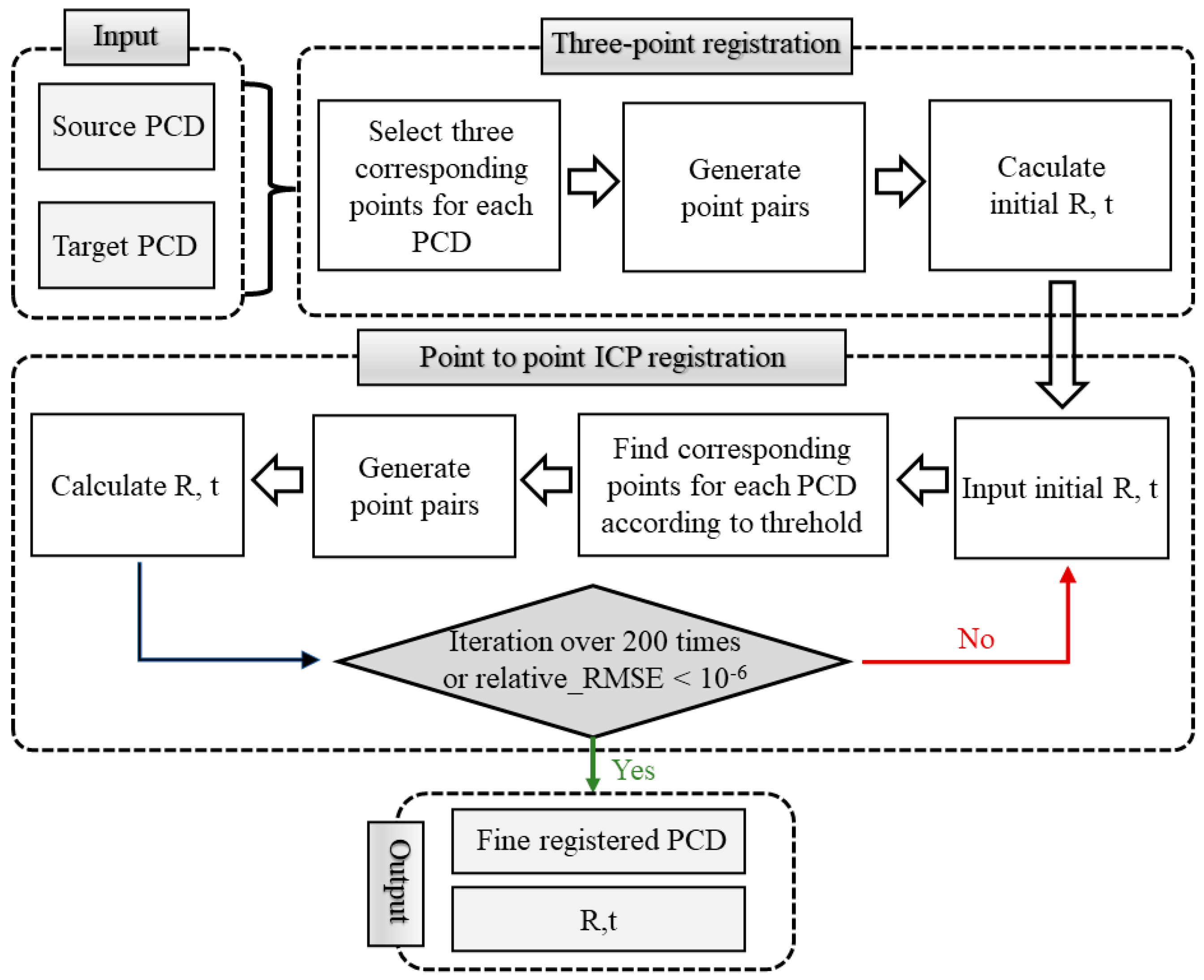
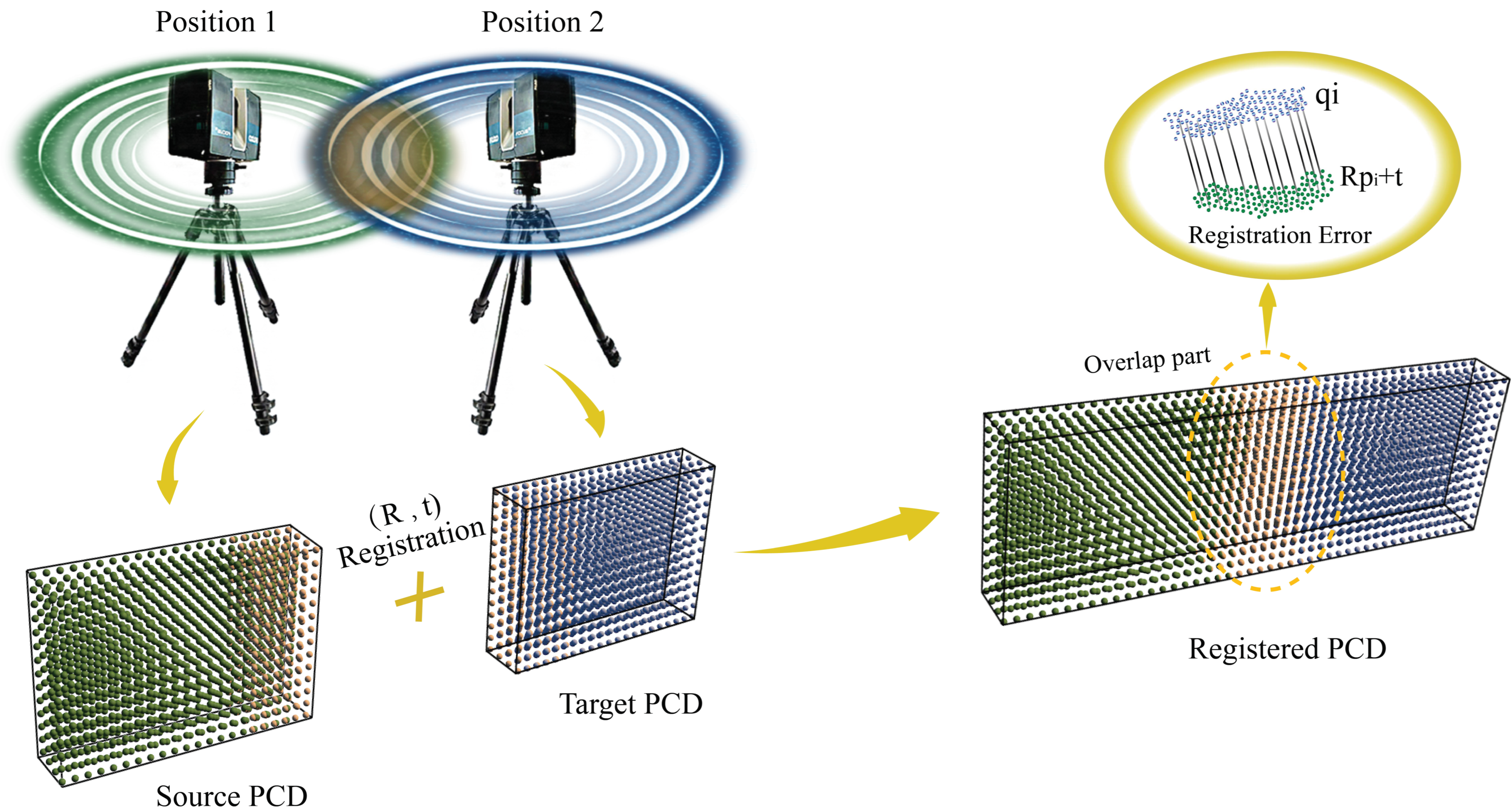

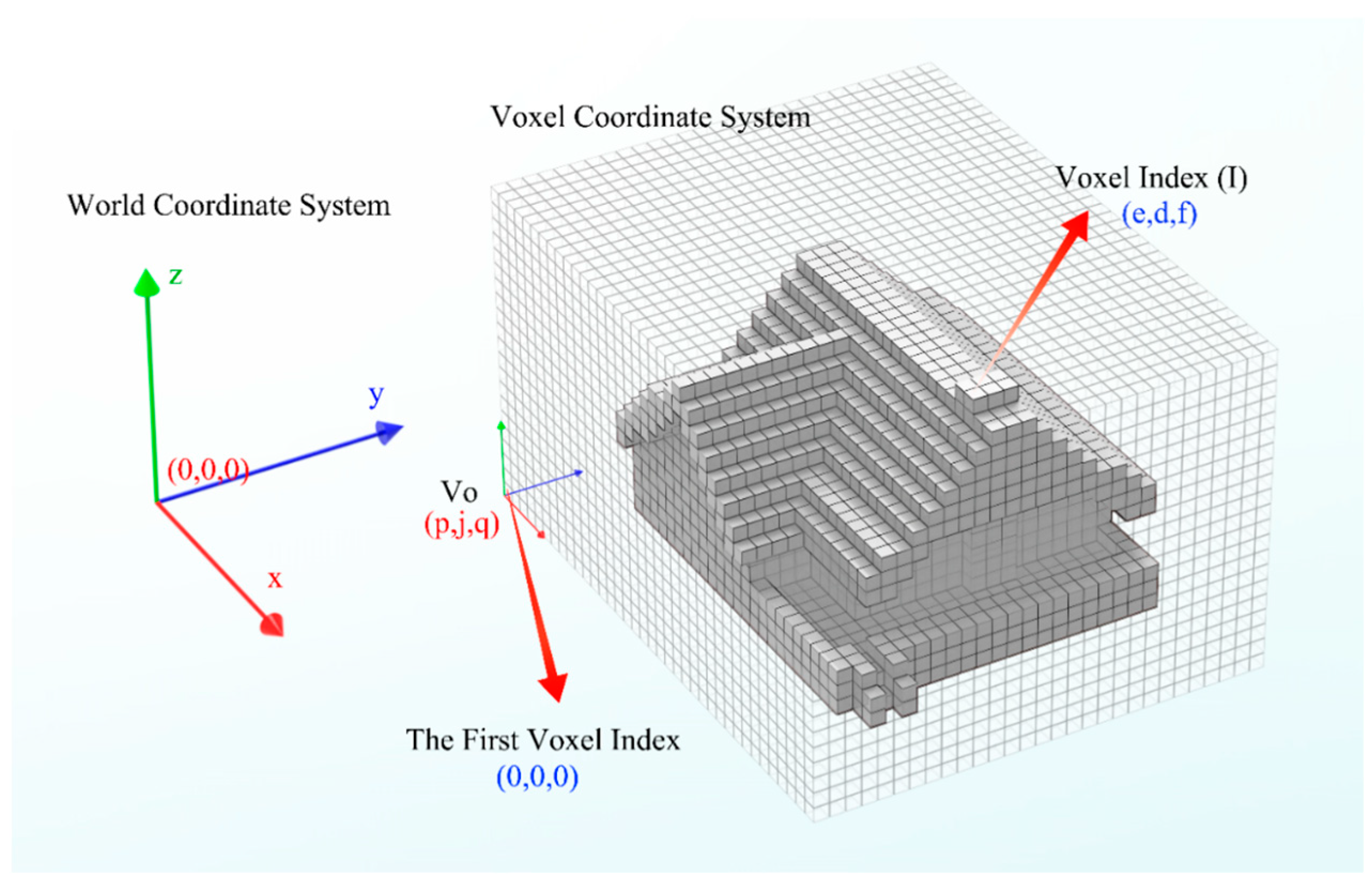

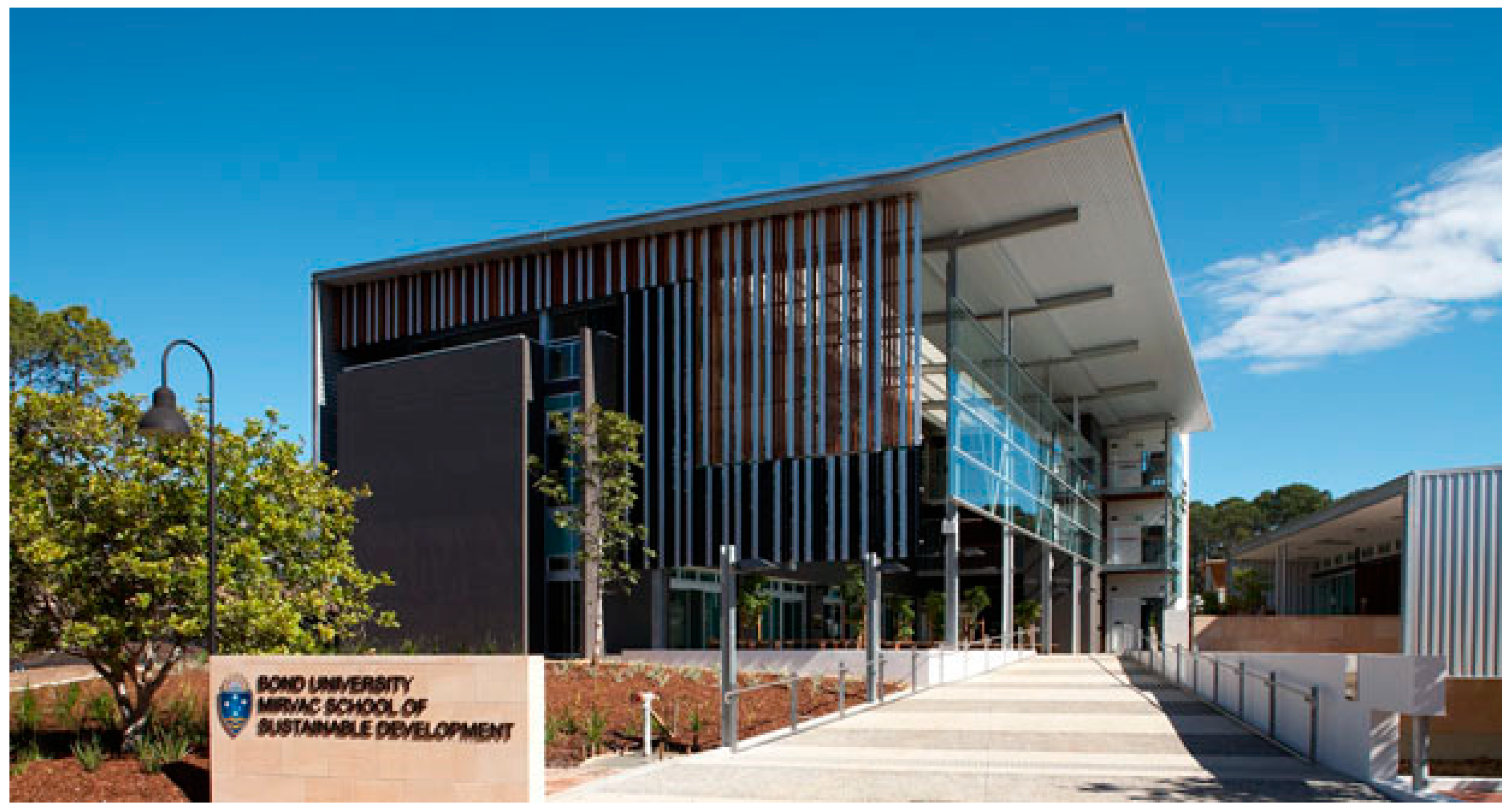
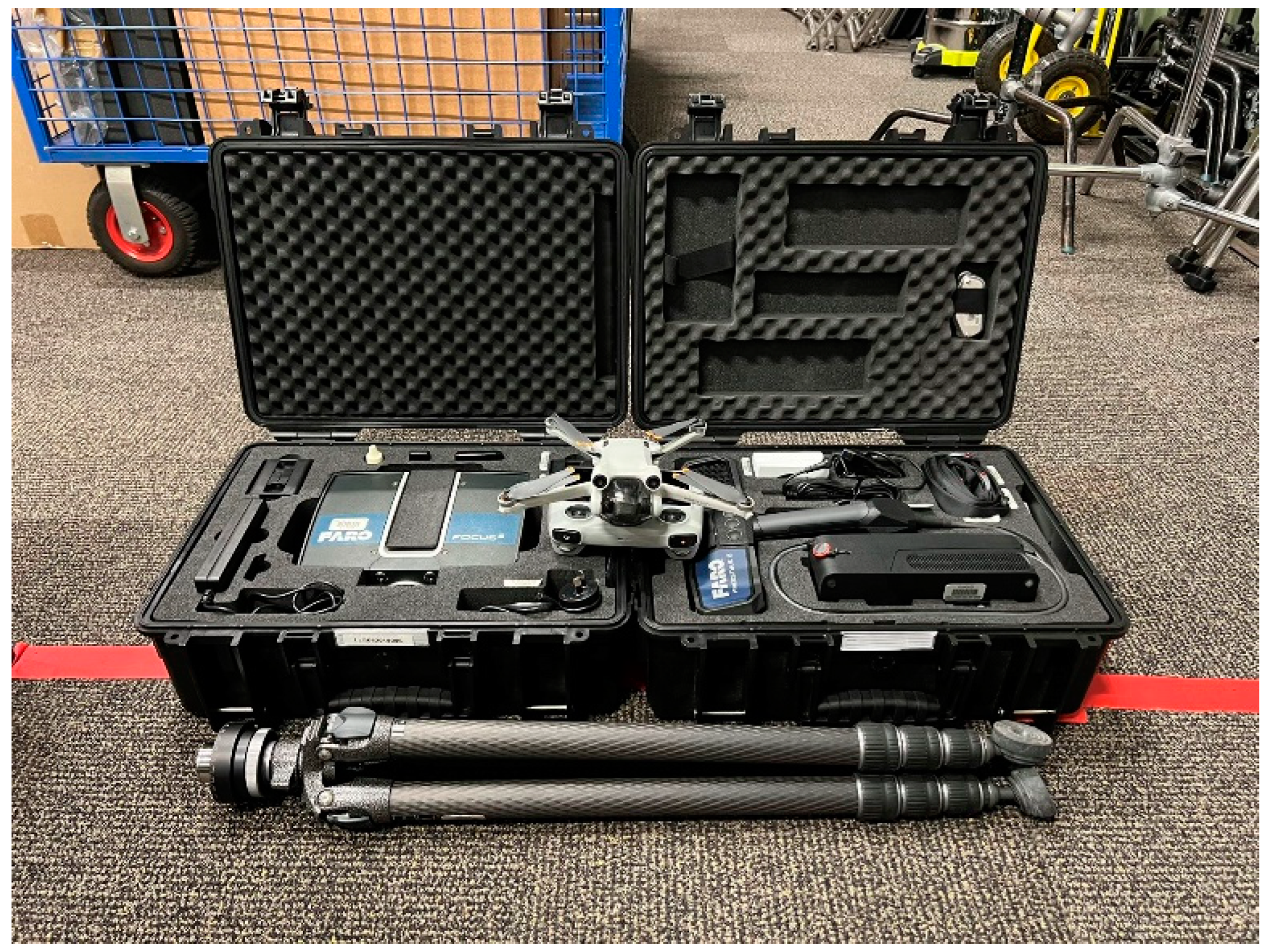


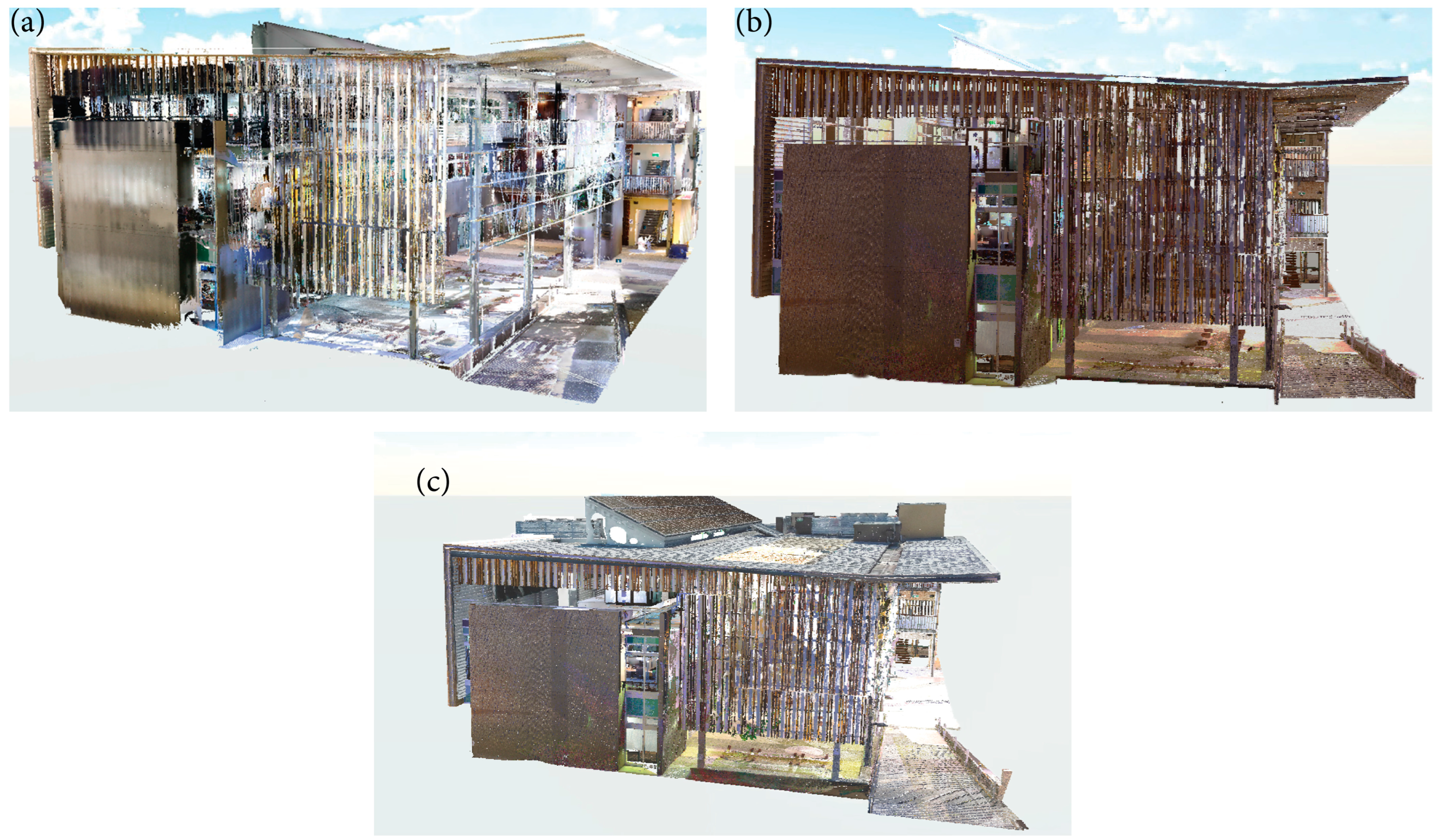
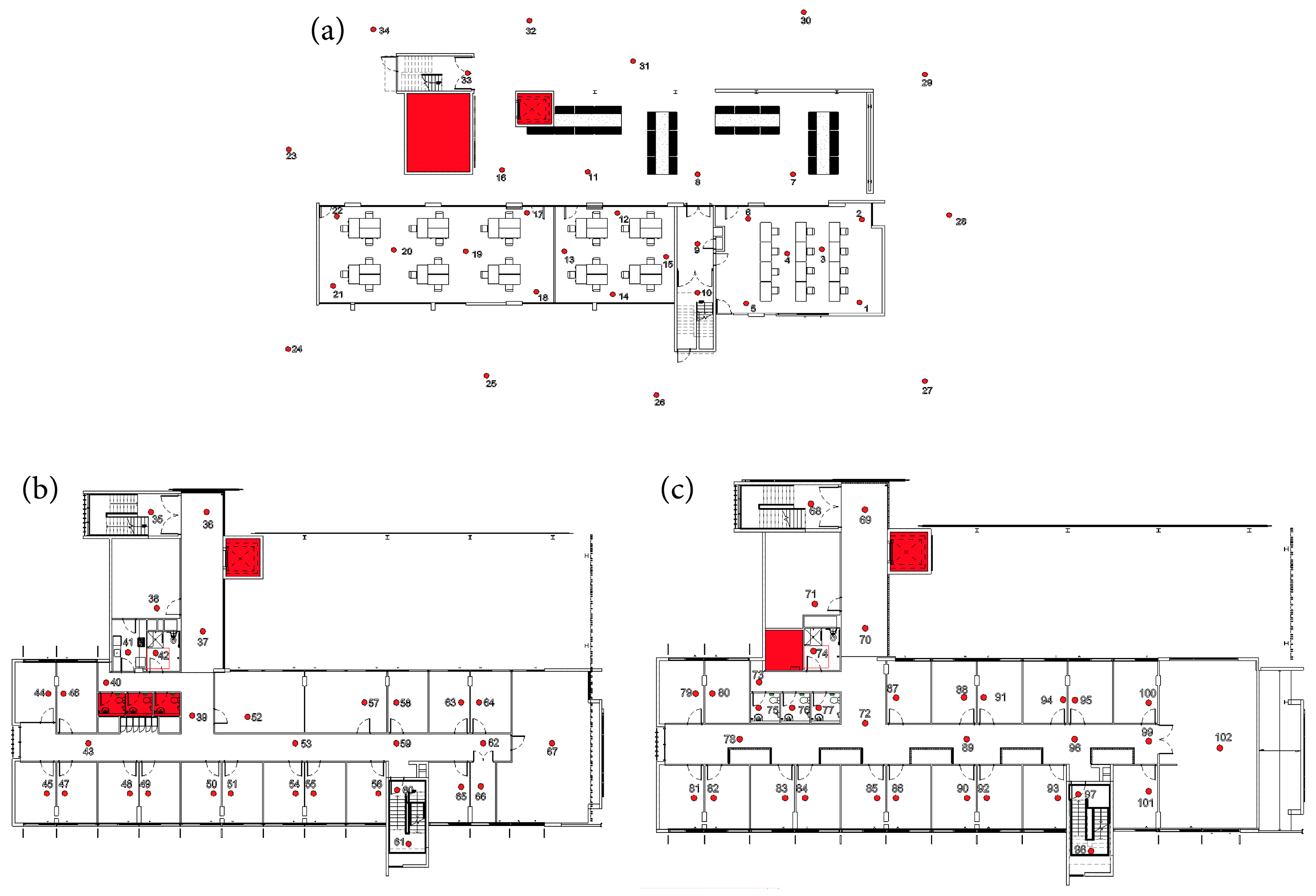

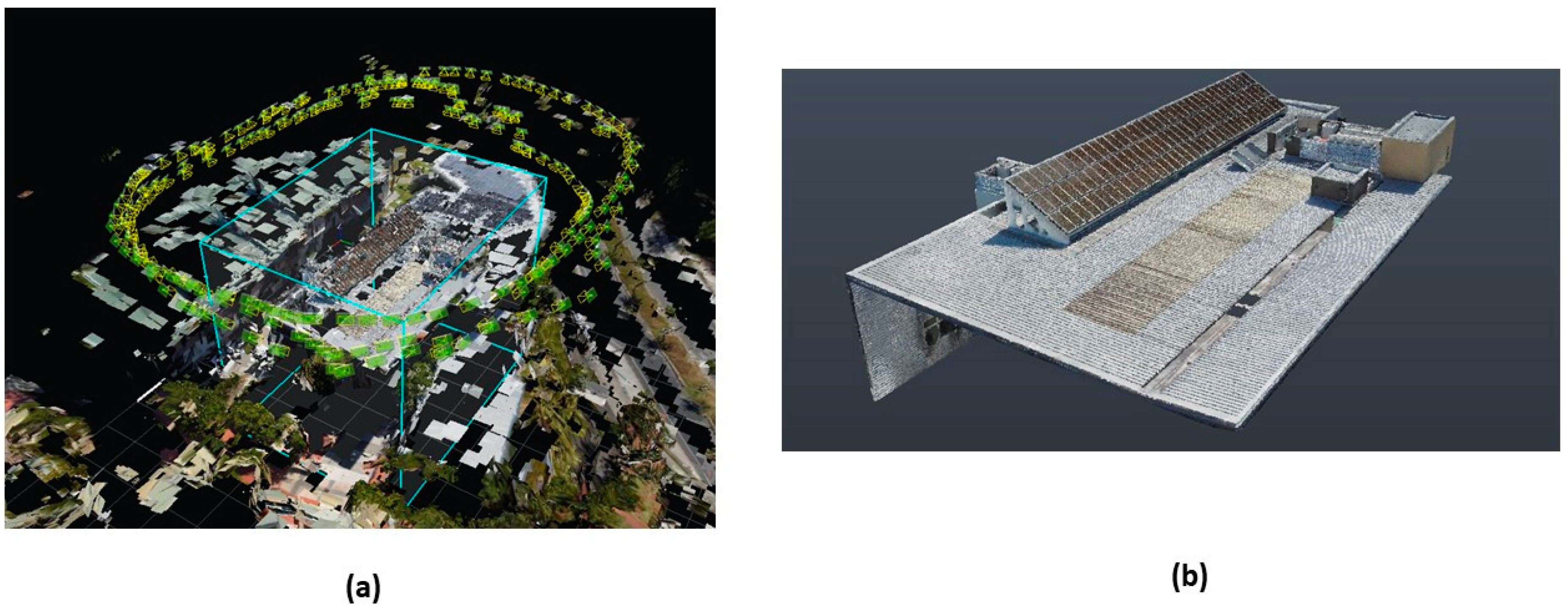
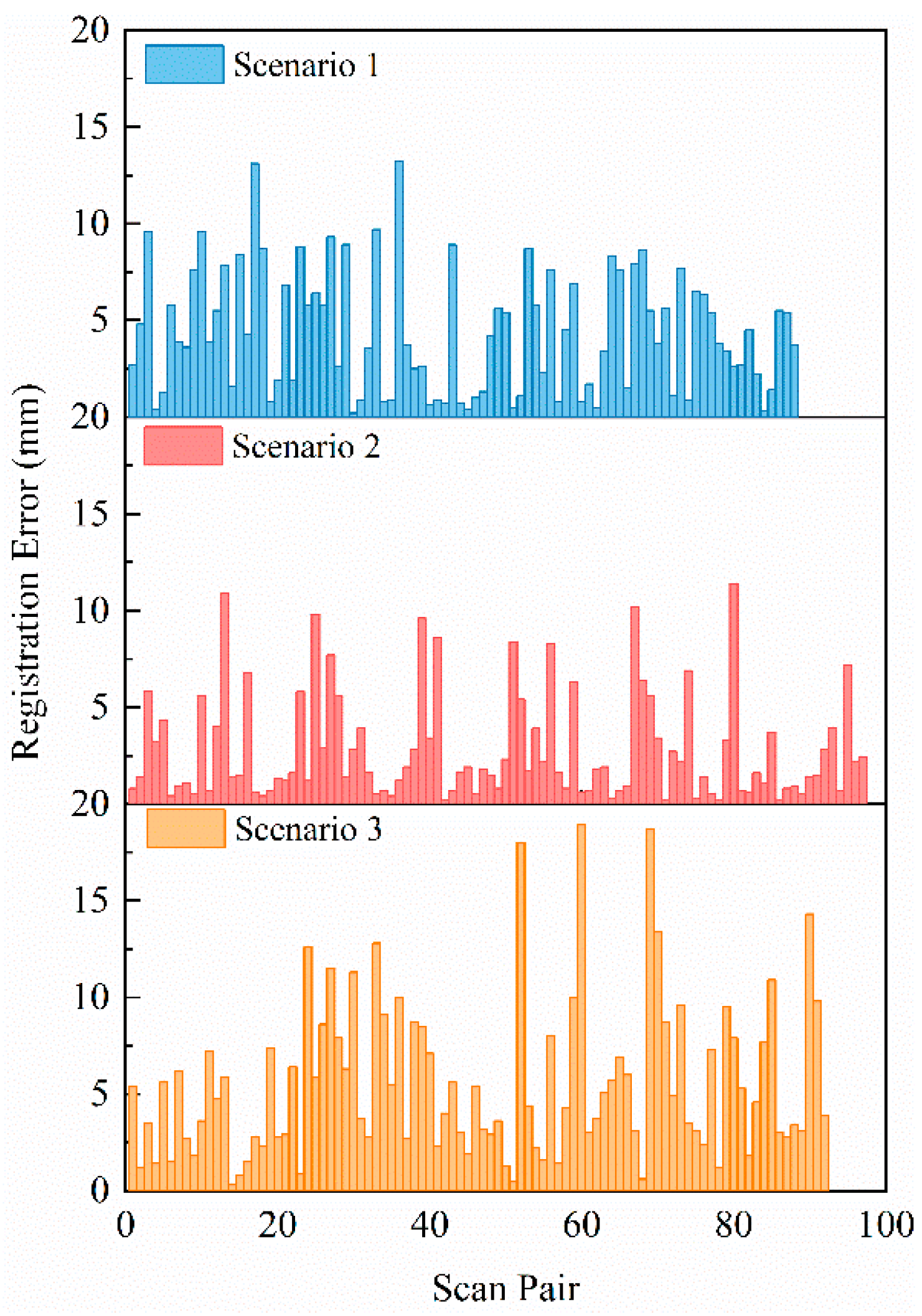
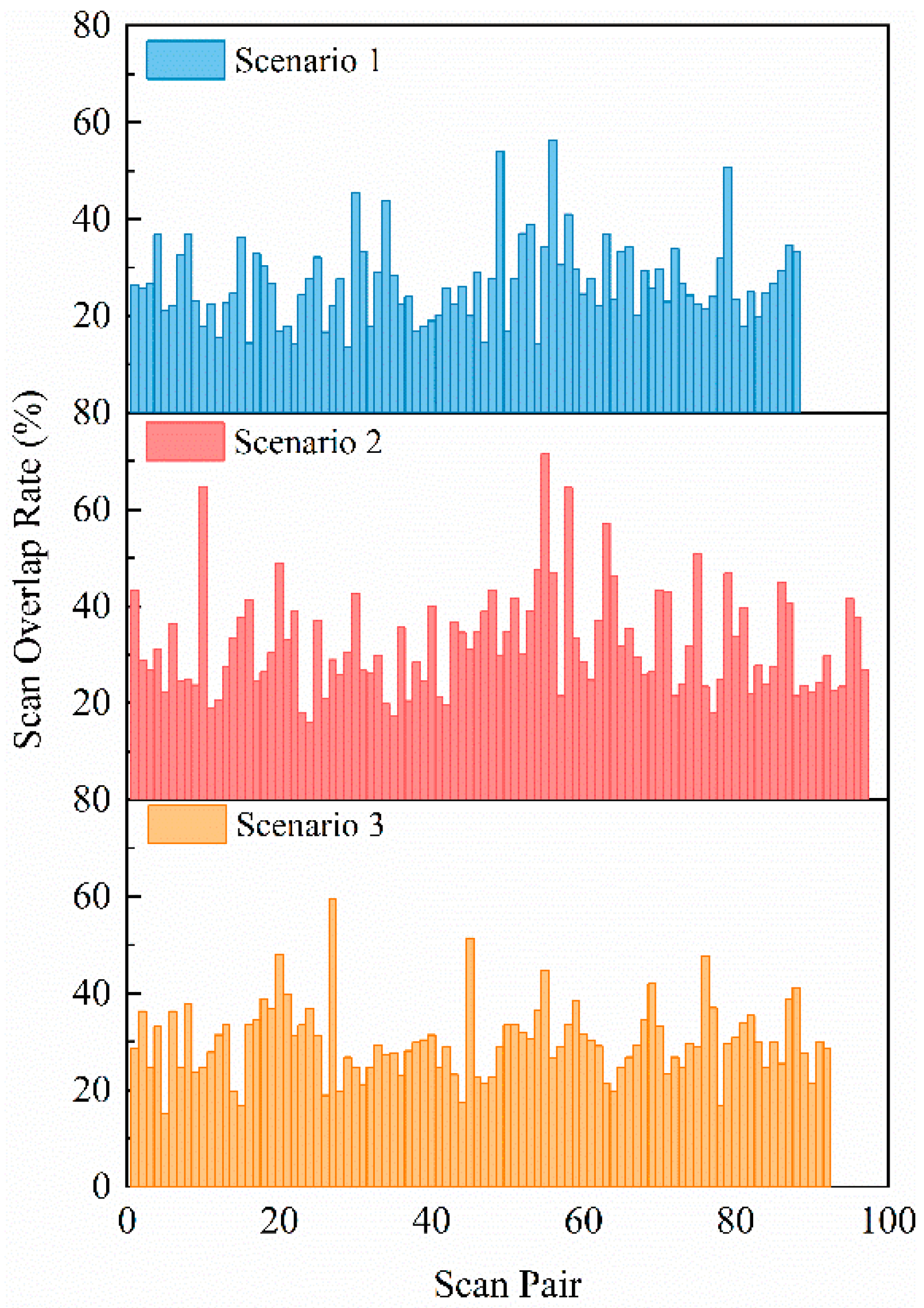



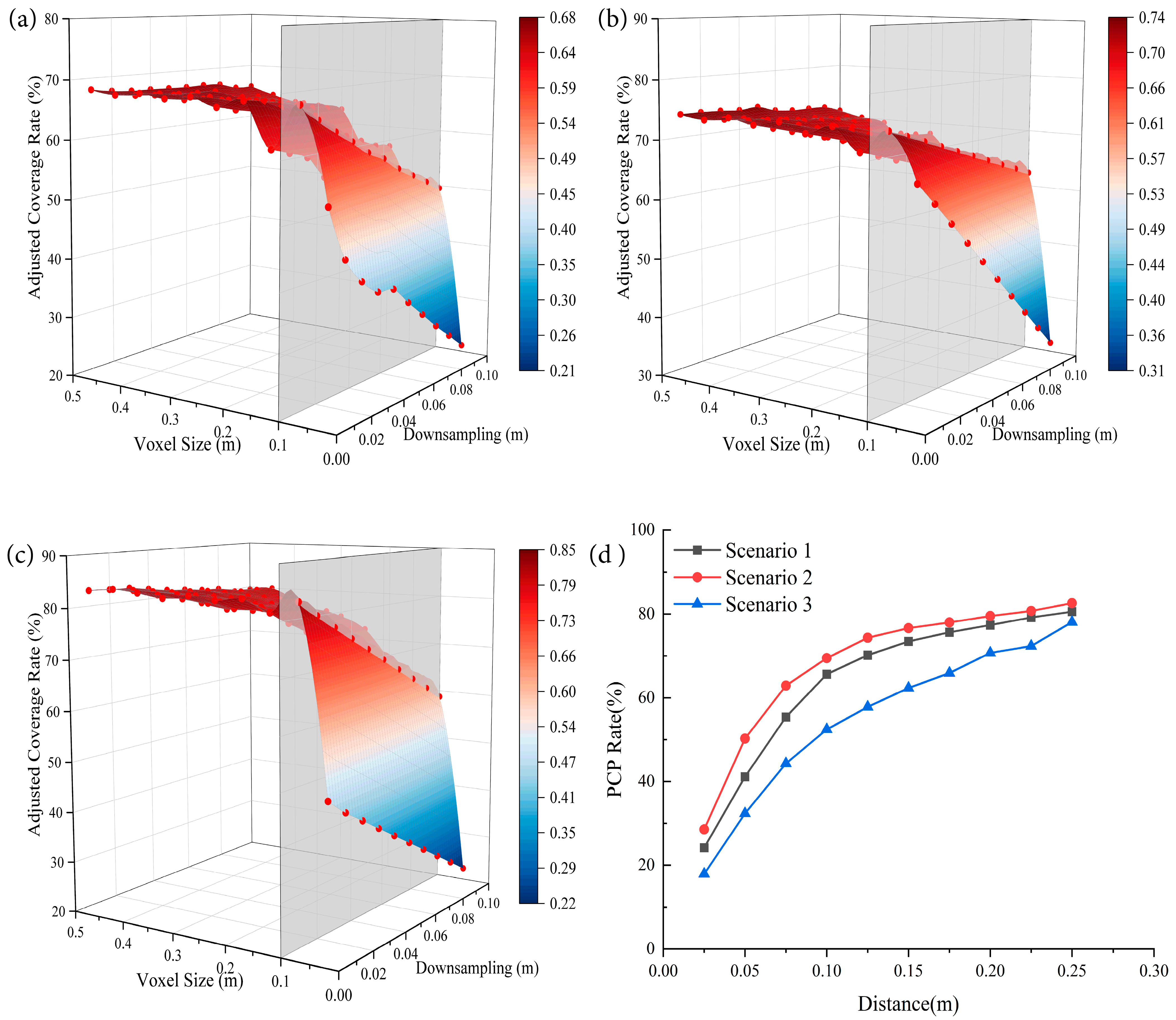
| Advance Scan Planning | TLS | TLS + MLS + UAVDP |
|---|---|---|
| No | Scenario 1 | — |
| Yes | Scenario 2 | Scenario 3 |
| Evaluation Metric | Scenario 1 | Scenario 2 | Scenario 3 |
|---|---|---|---|
| Range (mm) | 0.2–13.2 | 0.2–11.4 | 0.3–18.9 |
| Mean value (mm) | 4.39 | 2.79 | 5.63 |
| Standard deviation (mm) | 3.19 | 2.79 | 4.11 |
| Coefficient | t-Value | p-Value | |
|---|---|---|---|
| Scenario 1 | 1.60 *** | 3.19 | 0.002 |
| Scenario 3 | 2.84 *** | 5.75 | 0.000 |
| Constant | 2.79 *** | 8.07 | 0.000 |
| Evaluation Metric | Scenario 1 | Scenario 2 | Scenario 3 |
|---|---|---|---|
| Range (%) | 13.5–56.3 | 16.0–71.5 | 15.0–59.6 |
| Mean value (%) | 26.92 | 32.17 | 30.07 |
| Standard deviation (%) | 8.64 | 10.80 | 7.67 |
| Coefficient | t-Value | p-Value | |
|---|---|---|---|
| Scenario 1 | −5.24 *** | −3.89 | 0.000 |
| Scenario 3 | −2.10 | −1.57 | 0.116 |
| Constant | 32.17 *** | 34.56 | 0.000 |
| Evaluation Metric | Scenario 1 | Scenario 2 | Scenario 3 |
|---|---|---|---|
| Range (mm) | 0–7 | 0–5 | 0–16 |
| Mean value (mm) | 2.04 | 1.30 | 5.62 |
| Standard deviation (mm) | 1.68 | 1.22 | 3.74 |
| Coefficient | t-Value | p-Value | |
|---|---|---|---|
| Scenario 1 | 0.74 | 1.50 | 0.136 |
| Scenario 3 | 4.32 *** | 8.75 | 0.000 |
| Constant | 1.30 *** | 3.72 | 0.000 |
| Evaluation Metric | Scenario 1 | Scenario 2 | Scenario 3 |
|---|---|---|---|
| Range (%) | 5.10–54.79 | 9.01–61.12 | 4.00–64.79 |
| Mean value (%) | 40.08 | 47.06 | 42.39 |
| Standard deviation (%) | 14.32 | 13.57 | 17.16 |
| Evaluation Metric | Scenario 1 | Scenario 2 | Scenario 3 |
|---|---|---|---|
| Range (%) | 21.10–68.03 | 31.56–73.89 | 22.35–83.00 |
| Mean value (%) | 59.99 | 67.50 | 72.79 |
| Standard deviation (%) | 10.33 | 7.82 | 14.02 |
| Coefficient | t-Value | p-Value | |
|---|---|---|---|
| Scenario 1 | −7.52 *** | −4.83 | 0.000 |
| Scenario 3 | 5.29 *** | 3.39 | 0.001 |
| Constant | 67.51 *** | 61.24 | 0.000 |
Disclaimer/Publisher’s Note: The statements, opinions and data contained in all publications are solely those of the individual author(s) and contributor(s) and not of MDPI and/or the editor(s). MDPI and/or the editor(s) disclaim responsibility for any injury to people or property resulting from any ideas, methods, instructions or products referred to in the content. |
© 2023 by the authors. Licensee MDPI, Basel, Switzerland. This article is an open access article distributed under the terms and conditions of the Creative Commons Attribution (CC BY) license (https://creativecommons.org/licenses/by/4.0/).
Share and Cite
Zhu, Z.; Chen, T.; Rowlinson, S.; Rusch, R.; Ruan, X. A Quantitative Investigation of the Effect of Scan Planning and Multi-Technology Fusion for Point Cloud Data Collection on Registration and Data Quality: A Case Study of Bond University’s Sustainable Building. Buildings 2023, 13, 1473. https://doi.org/10.3390/buildings13061473
Zhu Z, Chen T, Rowlinson S, Rusch R, Ruan X. A Quantitative Investigation of the Effect of Scan Planning and Multi-Technology Fusion for Point Cloud Data Collection on Registration and Data Quality: A Case Study of Bond University’s Sustainable Building. Buildings. 2023; 13(6):1473. https://doi.org/10.3390/buildings13061473
Chicago/Turabian StyleZhu, Zicheng, Tianzhuo Chen, Steve Rowlinson, Rosemarie Rusch, and Xianhu Ruan. 2023. "A Quantitative Investigation of the Effect of Scan Planning and Multi-Technology Fusion for Point Cloud Data Collection on Registration and Data Quality: A Case Study of Bond University’s Sustainable Building" Buildings 13, no. 6: 1473. https://doi.org/10.3390/buildings13061473
APA StyleZhu, Z., Chen, T., Rowlinson, S., Rusch, R., & Ruan, X. (2023). A Quantitative Investigation of the Effect of Scan Planning and Multi-Technology Fusion for Point Cloud Data Collection on Registration and Data Quality: A Case Study of Bond University’s Sustainable Building. Buildings, 13(6), 1473. https://doi.org/10.3390/buildings13061473







